Last Updated on September 9, 2023
If you have gone on social media at all lately, you have almost certainly seen people posting a variety of illustrated self-portraits mentioning an app called Lensa.AI or simply “Lensa.”
Lensa AI is an app that utilizes artificial intelligence to process 10-20 user-submitted photos which Lensa then analyzes and uses to generate lifelike “magic avatars” from scratch in batches of 50, 100, or 200 images.
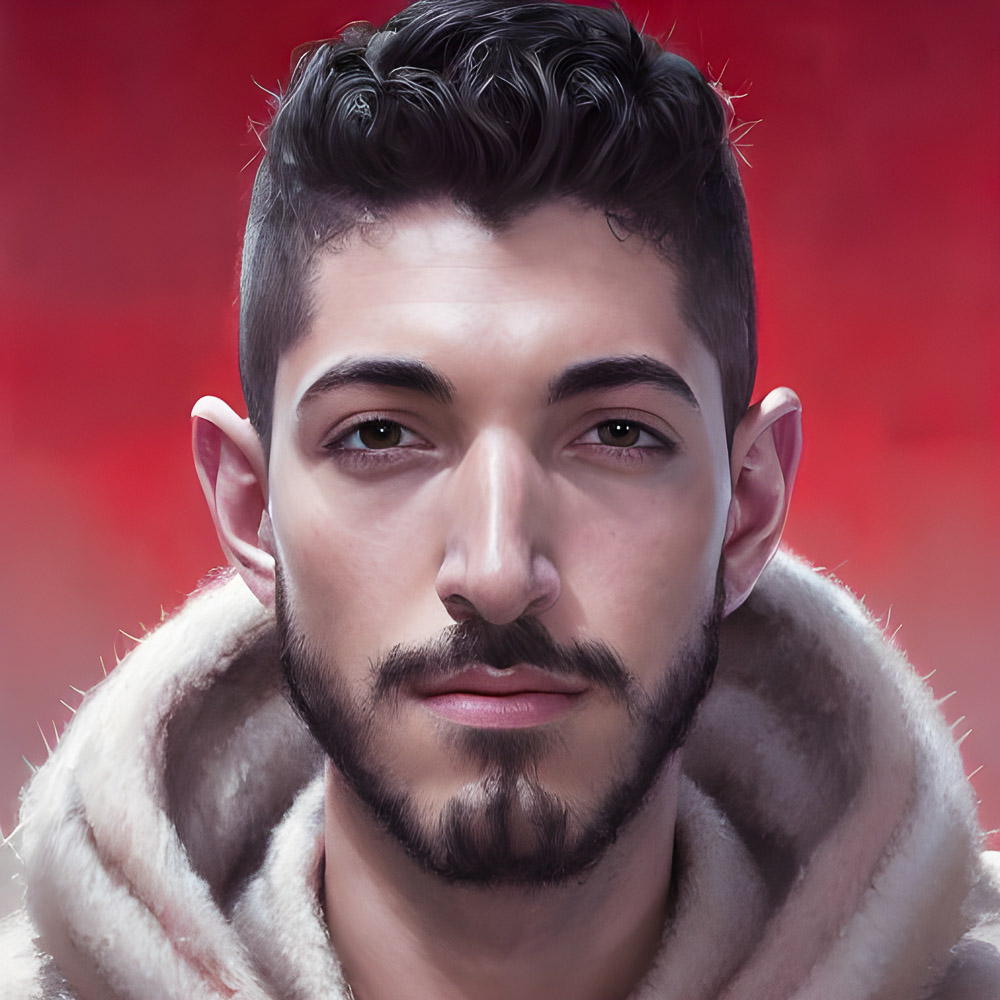
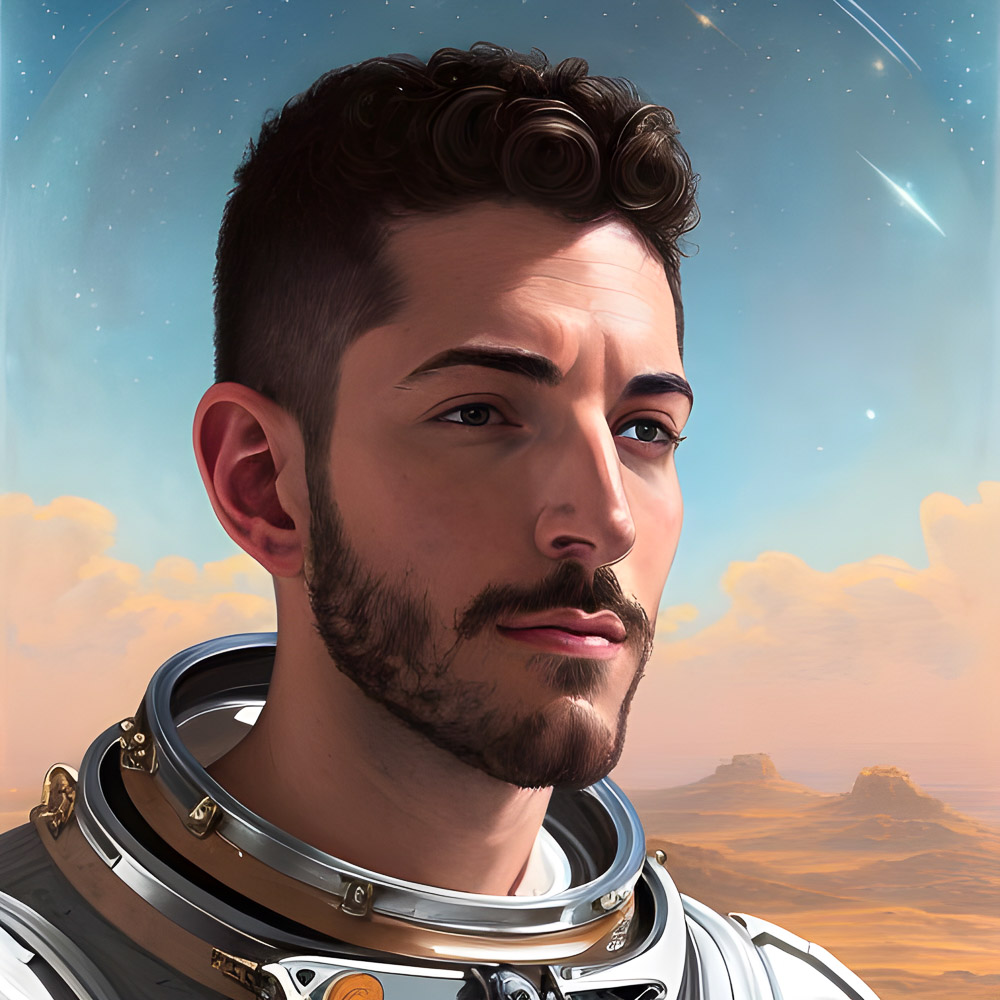
Lensa AI artwork has flooded the internet after going viral last week.
Table of Contents
Why Did Lensa Go Viral?
Lensa rapidly climbed to the very top position in Apple’s App Store charts. The app has been around since 2018, but its viral “magic avatars” feature launched in late November.
It has become somewhat of an internet meme to participate in posting your Lensa selfies on social media- “finally doing the AI thing”– because “everyone else is doing it.”
Users in exponentially growing amounts have been sharing their AI selfies on TikTok, Instagram, and Twitter. This led to a surge in the app’s popularity as it captured the public’s curiosity to see how this mysterious app would attempt to render you in a handful of different artistic styles.
How Lensa Created My Magic Avatars
Here are a few samples of how Lensa interpreted “me” after submitting 11 photos of myself.

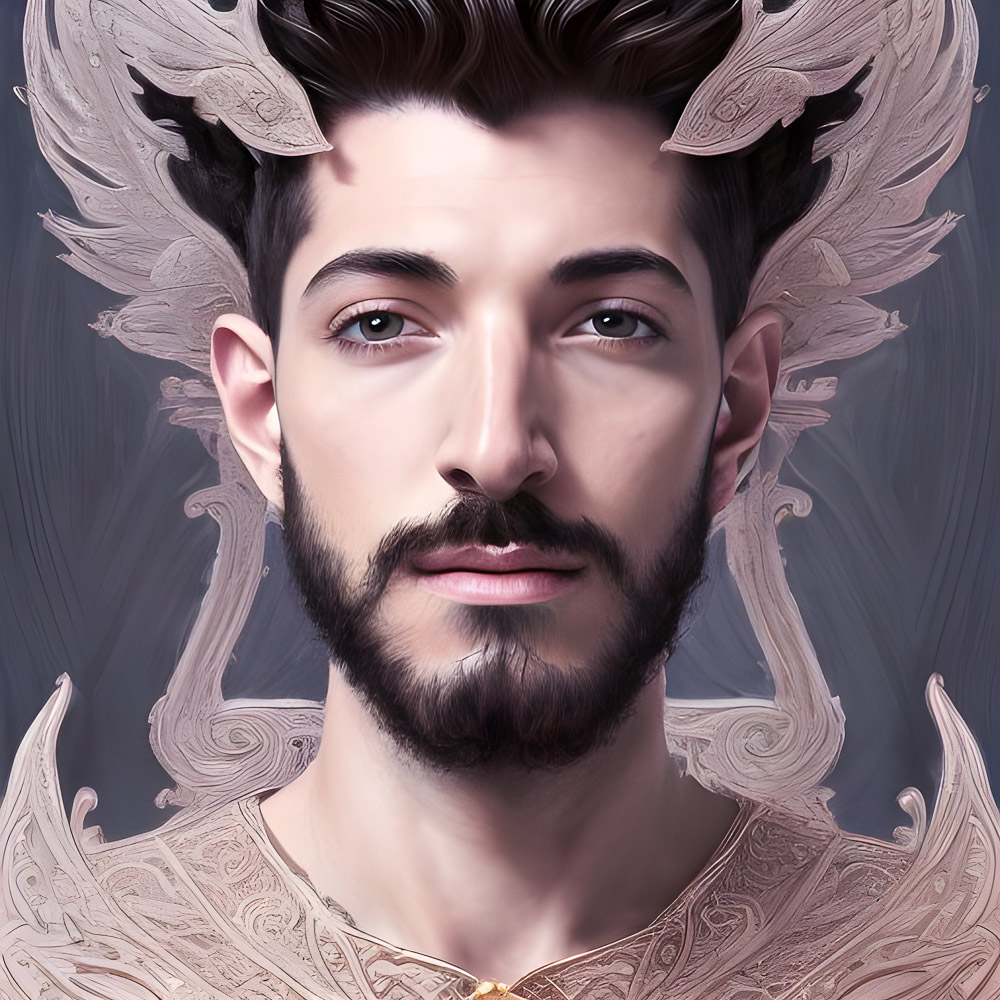
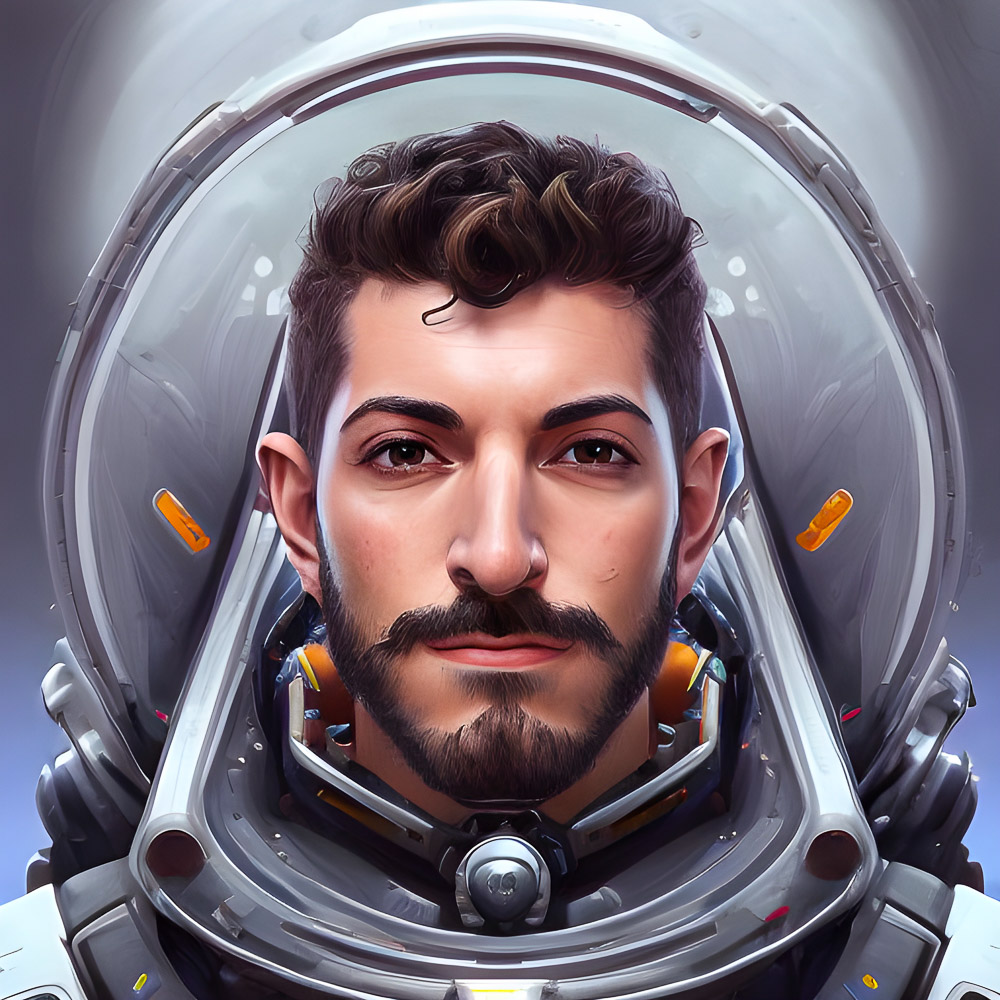

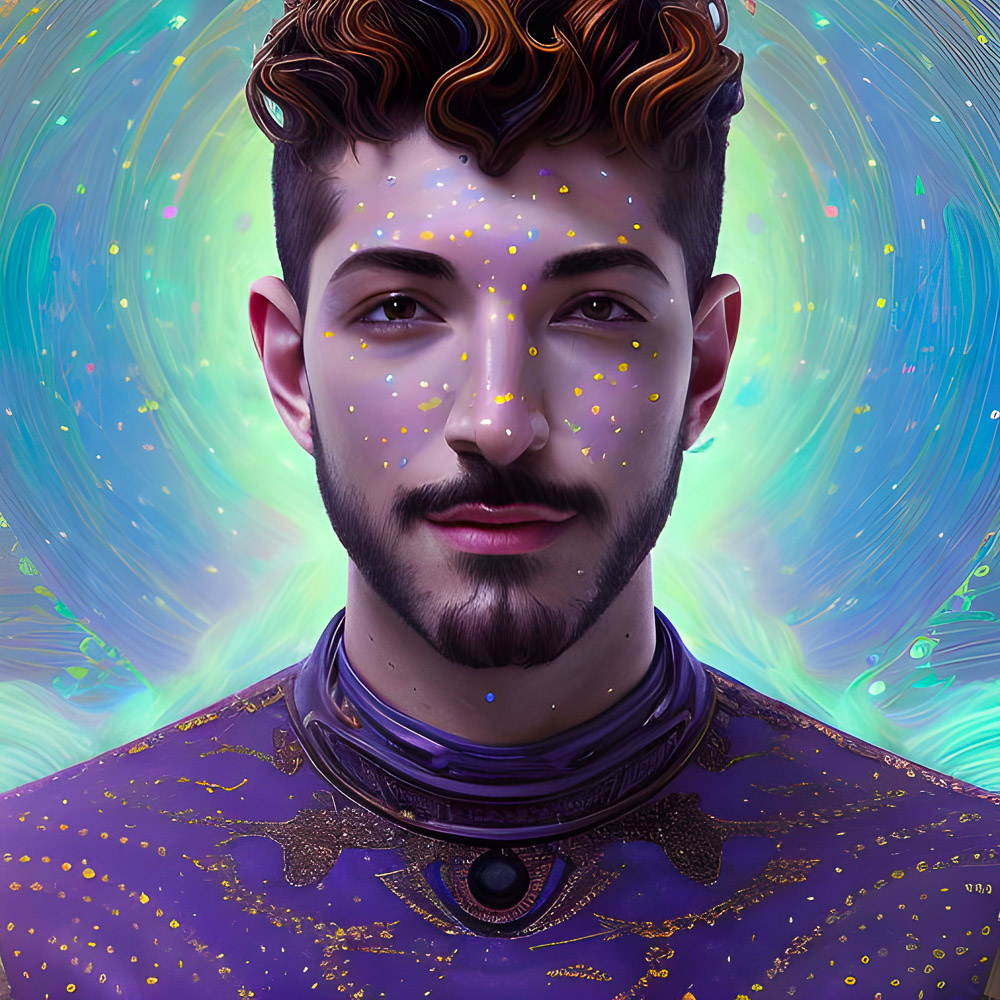
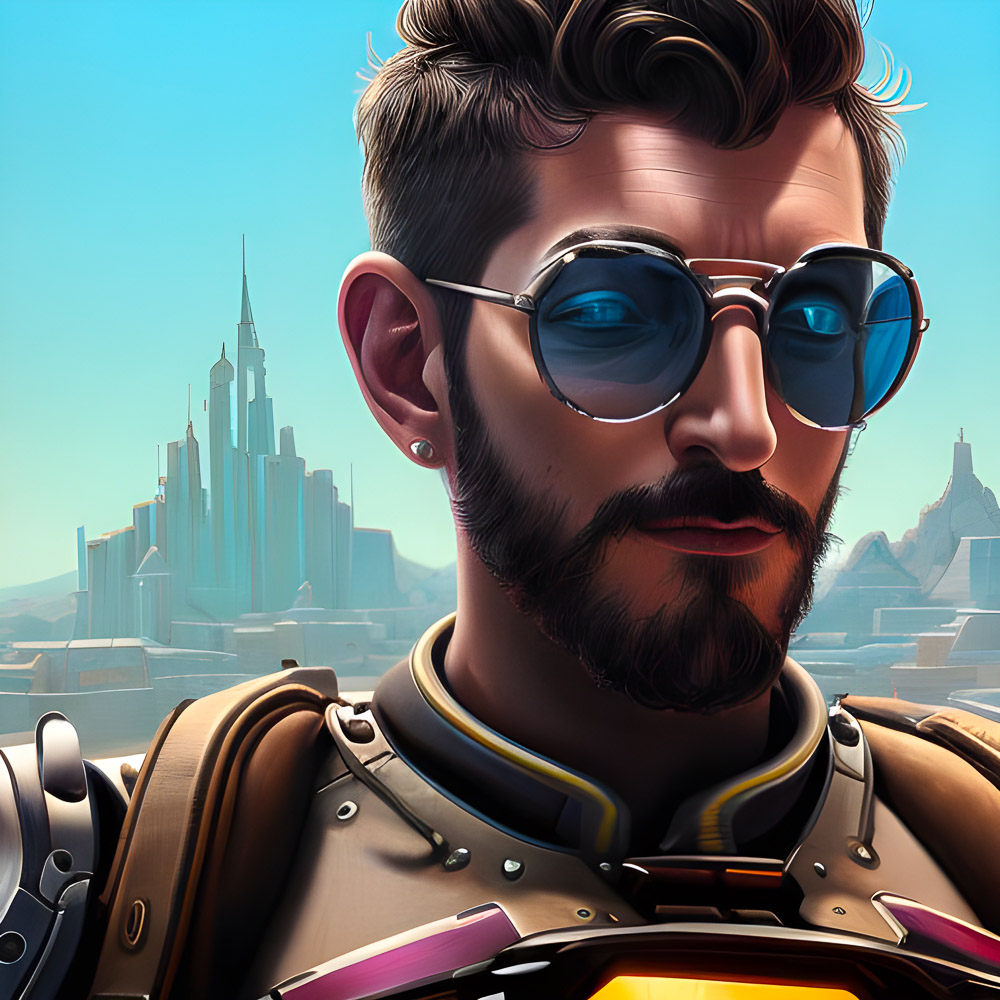
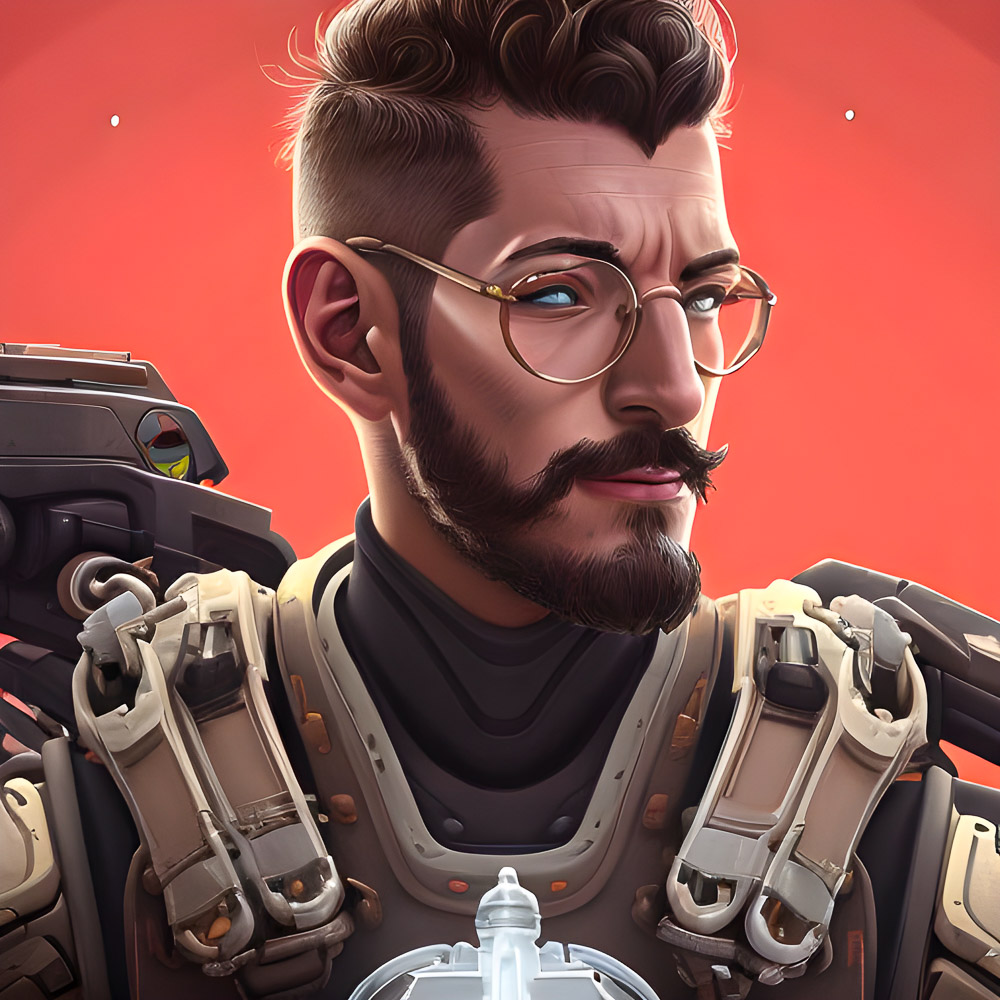
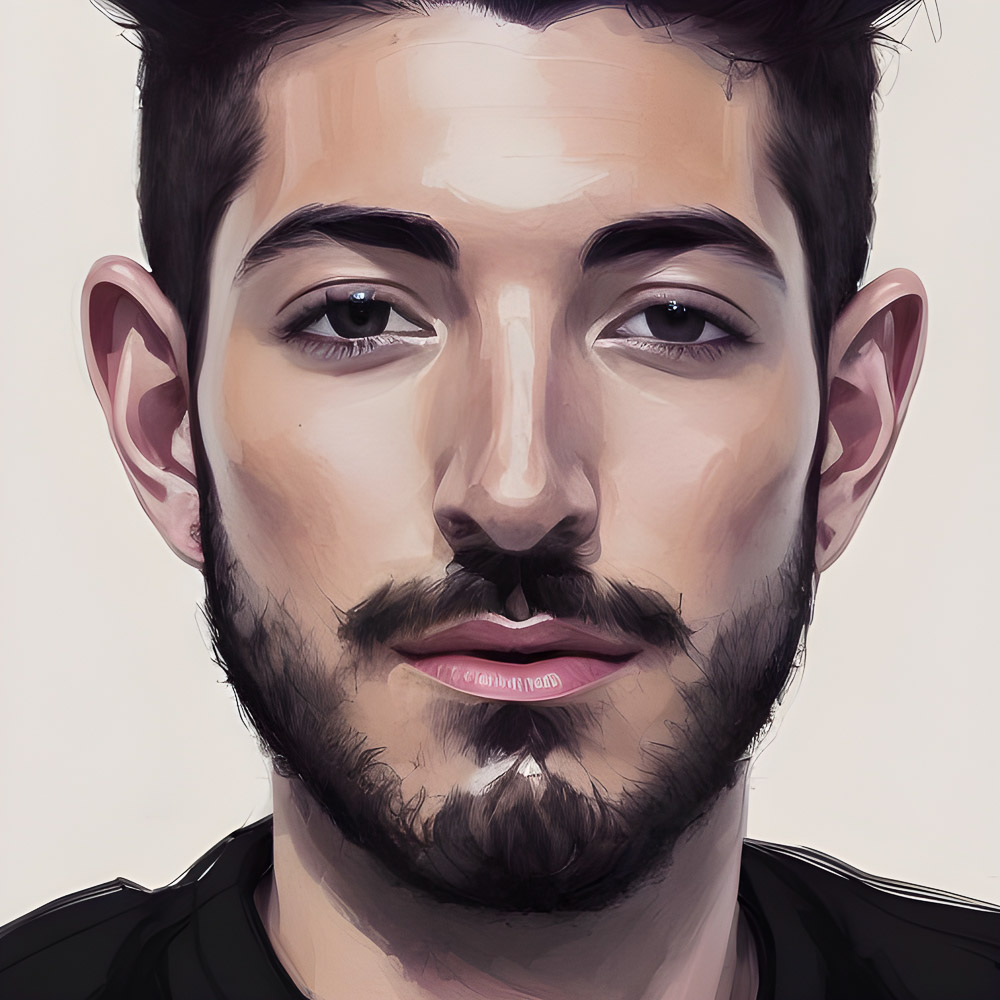
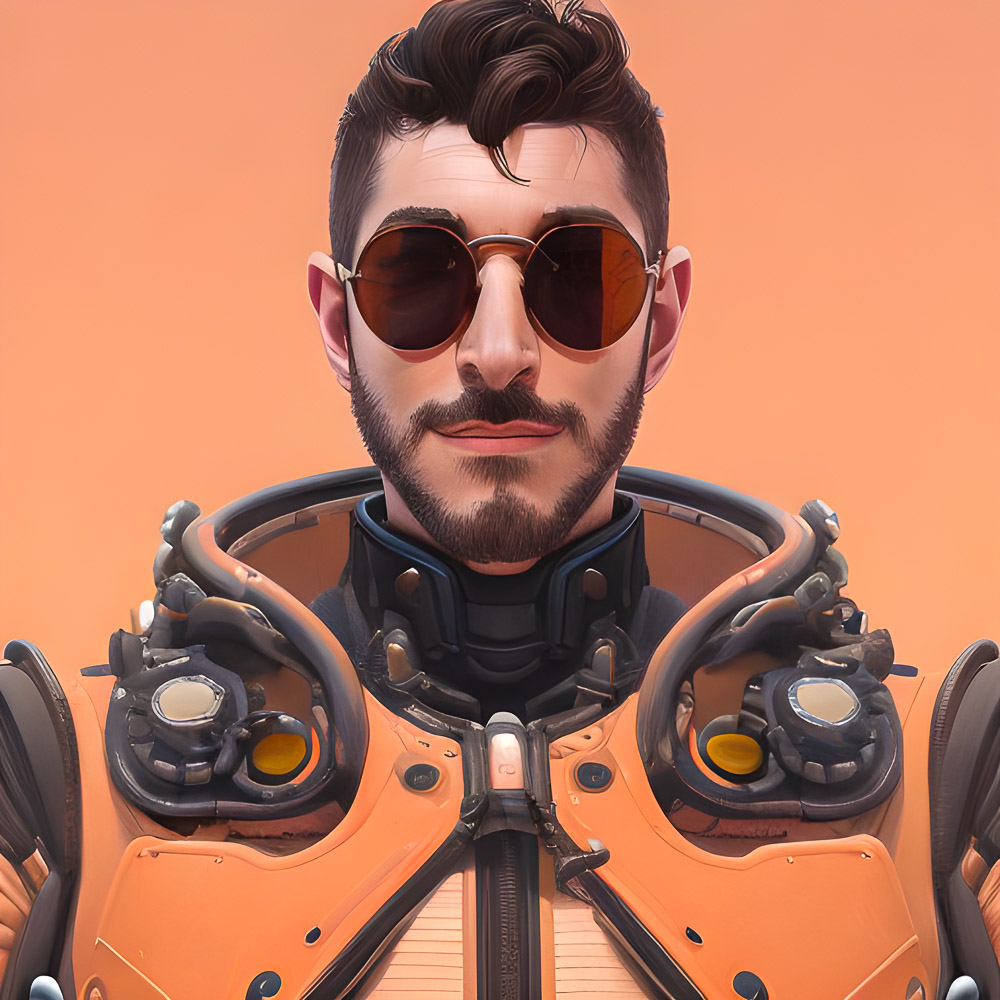
I didn’t know the full extent of the controversy surrounding the app when I decided to try it. In this post, I’ll explain how Lensa works and discuss some of the reasons why it may be problematic.
How Lensa AI Works
- Download the Lensa AI app
- The app is free on both iOS & Android.
- Fees are incurred later.
- Create an account. You will likely be prompted to activate a 1-week free trial
- The membership costs are $8/month or $30/year.
- The cost is typically $40 but you can get special discounts
- If you delay paying, they may offer you a $10/year option.
- Select 10-20 selfies that you would like to train the AI with.
- Once sufficient qualifying images are uploaded, submit your gender
- Select how many avatars you would like to receive (you must pay accordingly)
- $2-4 for 50 avatars
- $3-6 for 100 avatars
- $4-8 for 200 avatars
- Pricing may vary as it has changed periodically.
- Purchase your selection
- Wait (the AI requires time to generate images from scratch)
- The Lensa AI app will notify you when your Magic Avatars are ready!
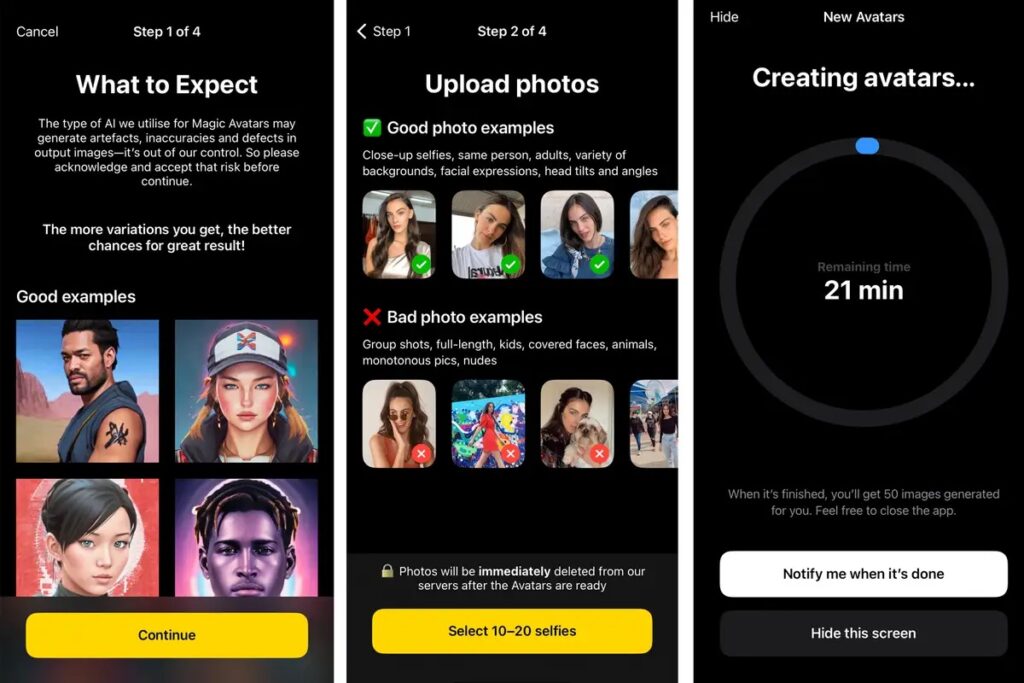
Why Lensa’s Avatars Are Frustrating Artists
A number of artists have expressed their frustration with artificial intelligence and some of the unethical practices that have gone into training it.
Advertisement:
Frustrated artists have turned to the internet to make it clear that “AI ‘art’ isn’t cool.”
Lensa’s AI was built using the controversial Stable Diffusion model.
What’s the Problem with Lensa?
Stable Diffusion uses copyrighted art without permission from artists all over the world.
Stable Diffusion was able to skirt around copyright by training their program on open source data from a non-profit called LAION and calling it ‘research.’
This LAION database is so indiscriminate about the images it stores that it even includes private medical records. It also includes graphic photos of ISIS beheadings, stolen non-consensual porn, violent images, and much more.
While Stable Diffusion earned $101 million in seed funding, it is now valued at $1 billion. Lensa uses Stable Diffusion’s model and earned in excess of $29 million+ in consumer spending.
Data Laundering
People are upset with Lensa’s current business model because it is generating a massive profit while having a direct connection with Stable Diffusion.
Stable Diffusion is known for data laundering: converting stolen data so it may be sold or used for profit.
Real artists are already being affected by this. You can find artifacts of what once were artists’ signatures showing up on people’s Magic Avatars. On social media, we’ve seen complaints from Sam Yang, Greg Rutkowski, and Karla Ortiz who all have had the AI trained on their unique artistic styles.
Artifacts of what were once artists’ signatures have been spotted by several Lensa Magic Avatar users.
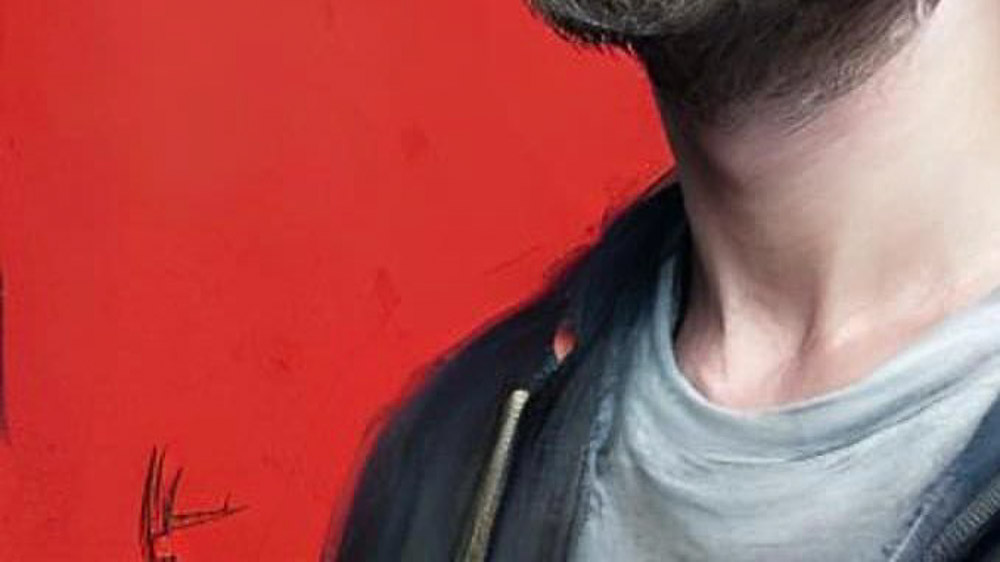
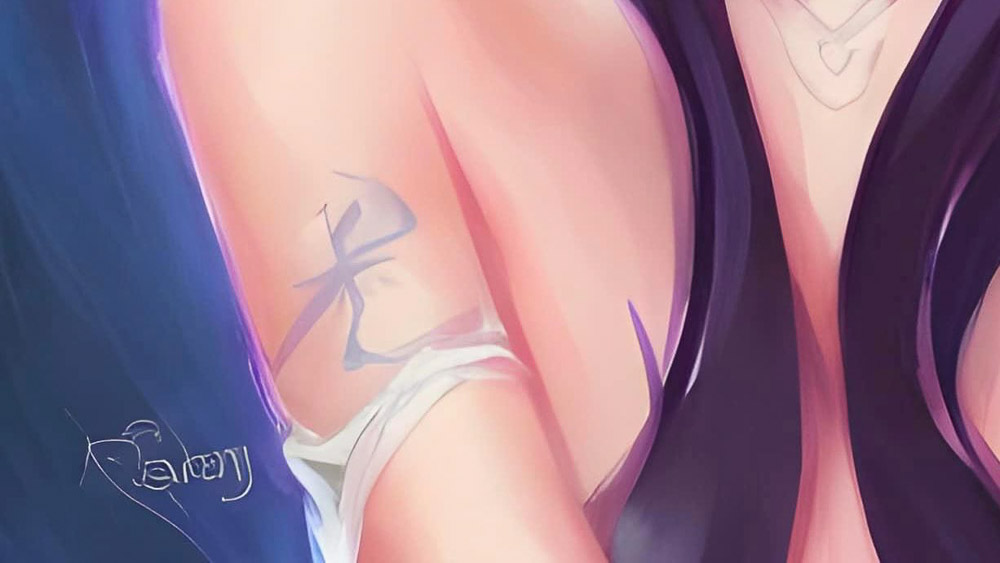
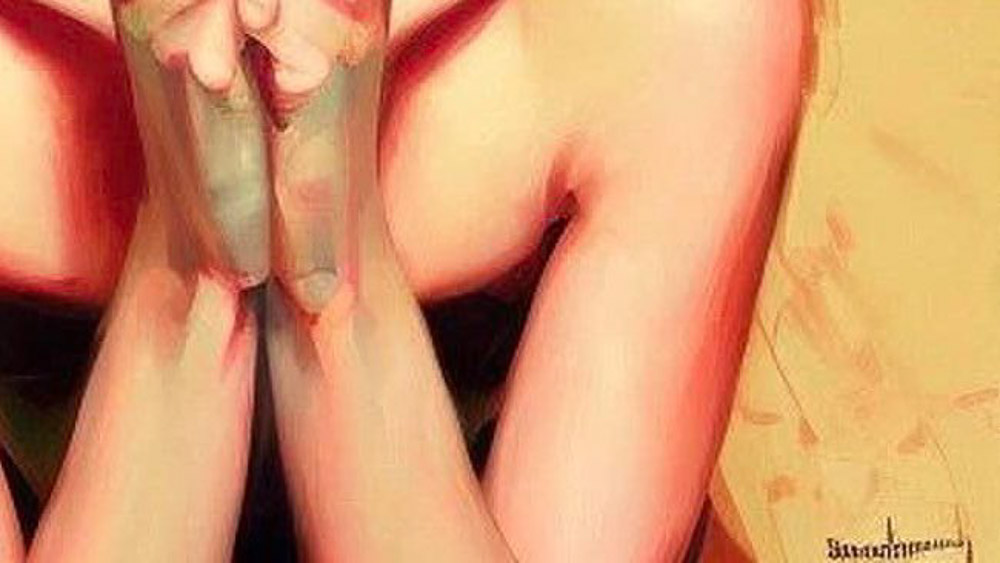
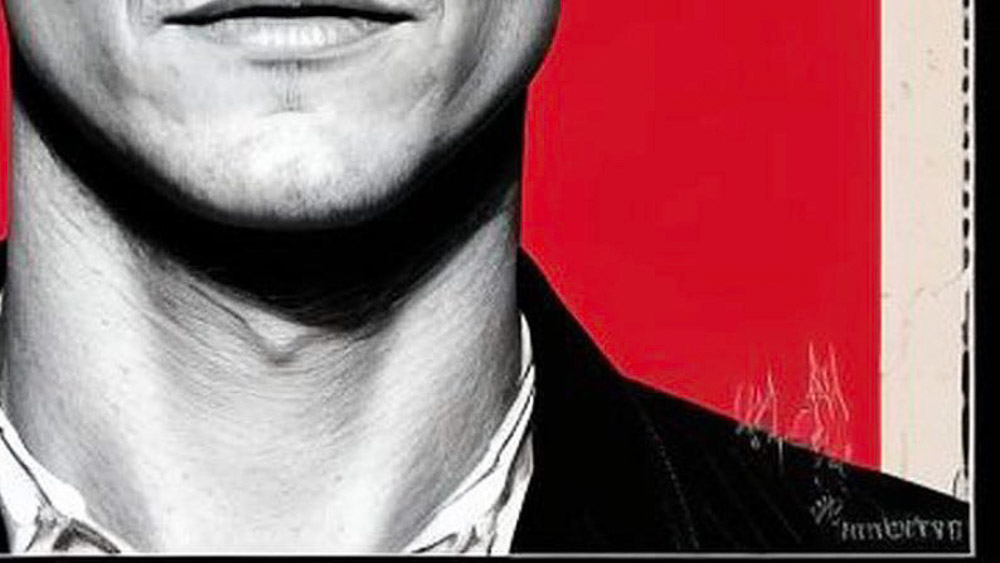
You can check if your assets have been used to train the AI on haveibeentrained.com.
A major complaint is that it is not easy for artists to opt out.
AI technology is so new that laws have not caught up with it yet. But that doesn’t make it okay.
Is Lensa Safe?
Although there is some skepticism about the app’s safety, the app was developed by Prisma AI which is an American company that won awards from both Google & Apple in 2016.
Prisma AI notes, “photos are processed on Amazon Web Services (AWS) and that pictures are ‘immediately deleted’, which should allay some fears.”
In other words, as soon as an AI model is trained on a user’s photos, they are deleted.
(At least… they’re supposed to be.)
The Challenge with AI Copyright
The laws surrounding copyright for works created by machines are unclear.
One of the most concerning user consent clauses I have found in Lensa’s Terms of Use is a clause that states,
“Solely for the purposes of operating or improving Lensa, you grant us a perpetual, irrevocable, nonexclusive, royalty-free, worldwide, fully-paid, transferable, sub-licensable license to use, reproduce, modify, distribute, create derivative works of your User Content, without any additional compensation to you and always subject to your additional explicit consent for such use where required by applicable law and as stated in our Privacy Policy (the ‘Company License’).”
With this policy in mind, you have to decide how comfortable you are with proceeding to use the app.
The Evolution and Progress of Artificial Intelligence
It might seem like Lensa AI sprung up overnight, but while the app itself has been around since 2018, its viral “magic avatar” feature launched last month.
PRISMA
In 2016, I was in college when the app Prisma gained recognition for its ability to turn photos into paintings using artificial intelligence.
Rather than “applying a filter” over the image, it would actually recreate it using a variety of artistic styles.
I Was Drawn by Prisma (2016)
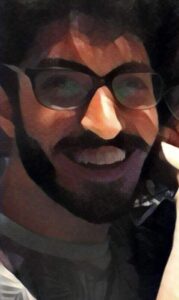
The end result?
An image that looked similar to the original, but drawn with an artistic style!
Note: To reiterate the significance, the effect above was not simply a filter overlay. The illustration was created by AI.
That app’s early success was the beginning of the company’s progress into developing much more advanced forms of artificial intelligence in the coming years.
DALL-E 2
Created by OpenAI, DALL-E 2 is a newer AI system than Prisma that can create realistic images from descriptions written in natural language.
Users could describe what kind of art they were looking for in 400 characters or less.
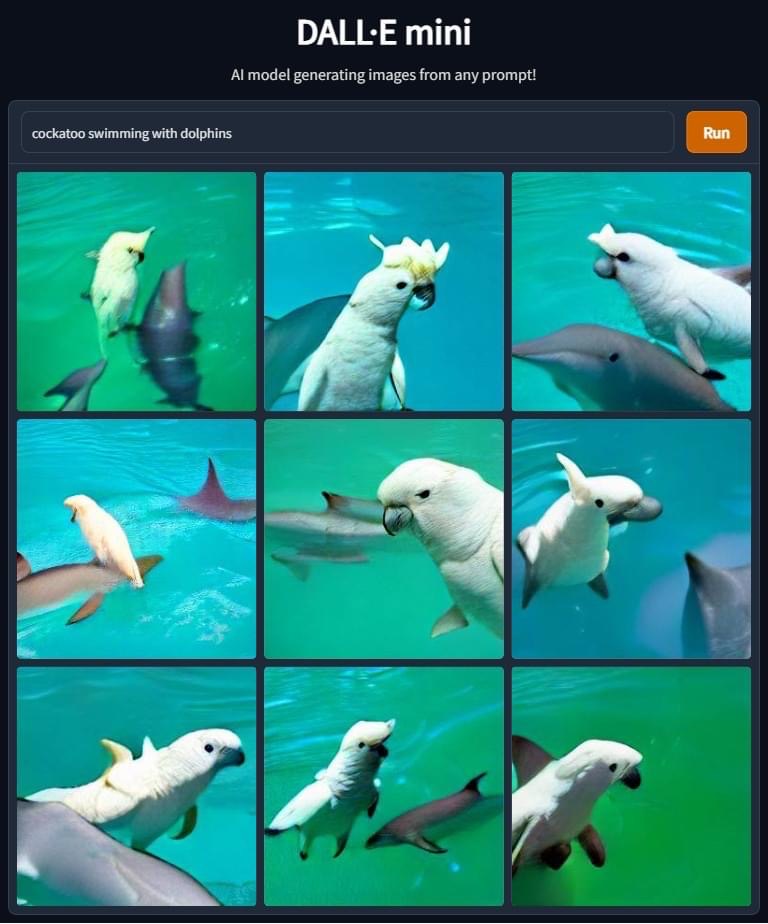
Although not from the same company, earlier this year you may have seen memes online from an AI generator known as “DALL-E” or “DALL-E 2” which started out as a free service while in beta. I tested out DALL-E pretty extensively and was blown away by what it could generate.
While DALL-E’s one limitation was that it didn’t really “know” people well, Lensa specializes in drawing exactly that. DALL-E’s strength was the breadth with which she could understand and illustrate… just about everything else!
During the beta, you could simply type in any phrase using basic English, wait a couple of minutes, and the AI would generate a batch of approximately 9 custom images showing whatever the AI understood from your keywords. You never get the same result twice, much like what we see with Lensa.
- DALL-E 2 can create original, realistic images and art from a text description
- It can combine concepts, attributes, and styles
- It can expand images beyond what is visible in the original canvas while creating expansive new compositions
- It can make realistic edits to existing images from natural language captions
- It can add and remove elements while taking shadows, reflections, and texture into account
- It can take an image and create different variations using inspiration from the original
DALL-E uses a process called “diffusion” which is growing in popularity. This means it starts with a pattern of random dots and gradually alters that pattern of dots towards a new image according to attributes that it recognizes.
Some additional examples of work produced by DALL-E:
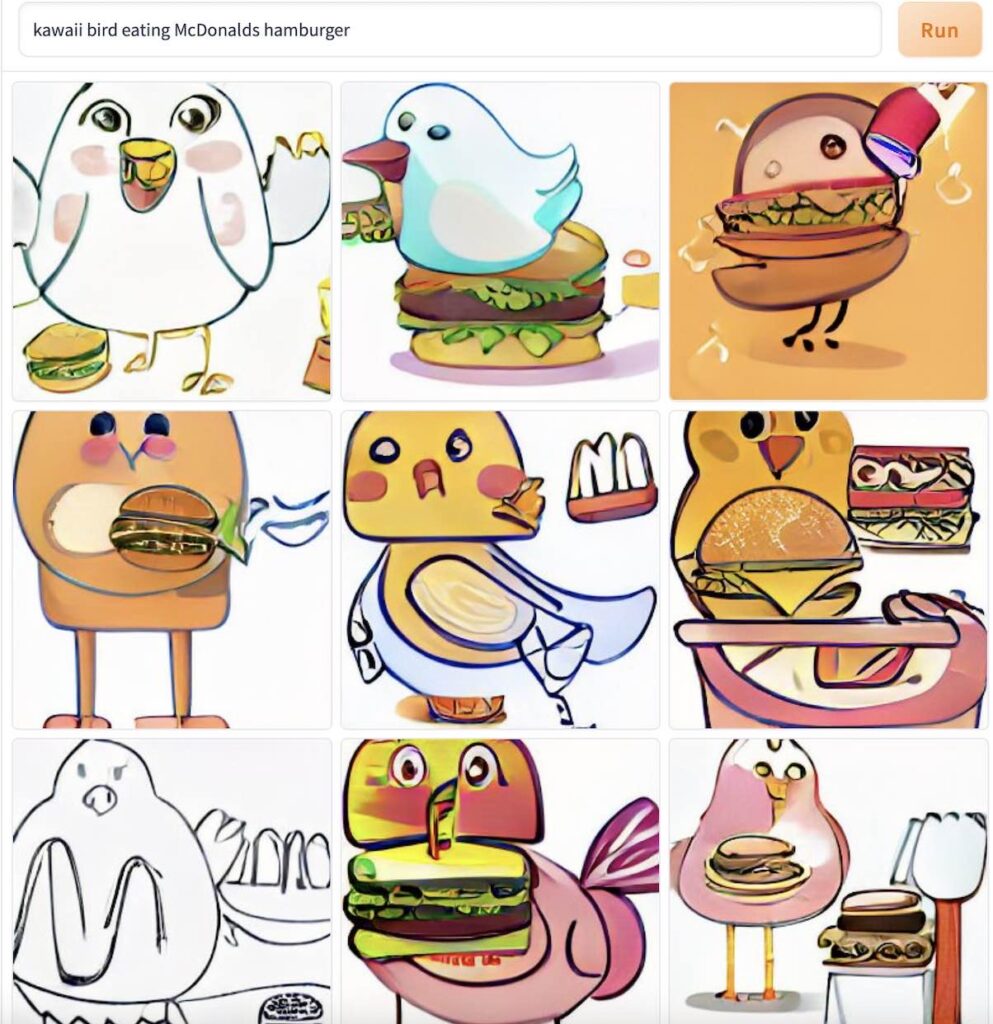
DALL-E is good, but she’s not perfect. Here’s one of her stranger outcomes:
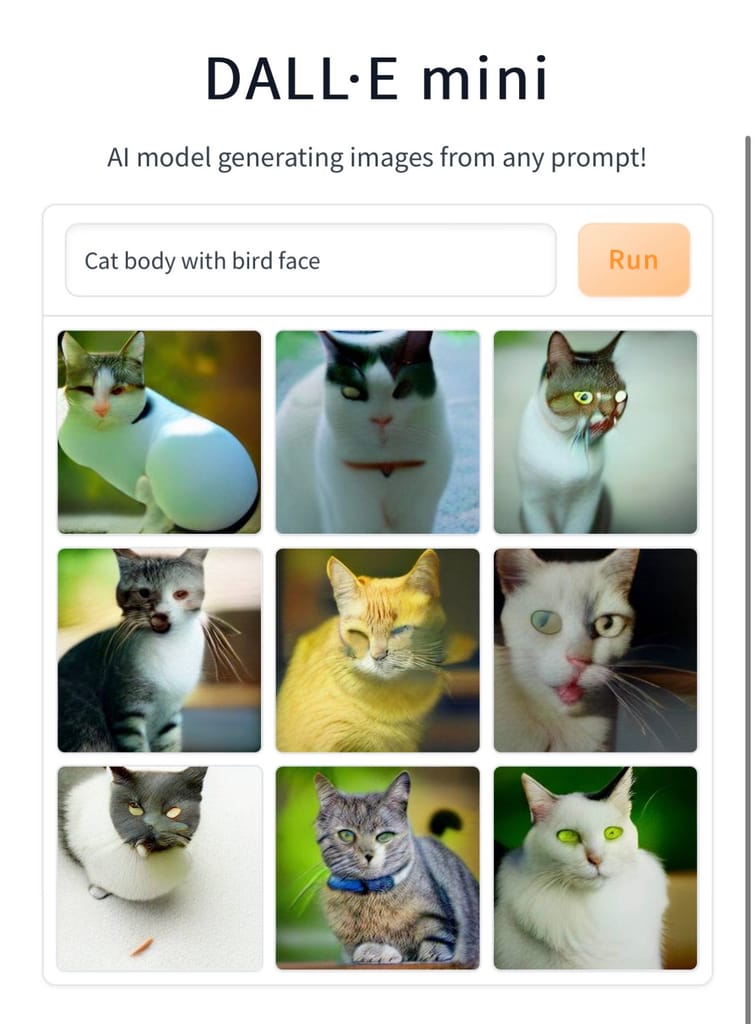
LENSA.AI
Lensa.AI is the app that everyone is talking about right now.
In November alone, Lensa was downloaded 1.6 million times, up 631% from October when it was downloaded just 219,000 times. These figures do not include December. In the first week of the month, Lensa has continued to grow in popularity, although not without controversy.
Most people are enjoying how accurately the app depicts them. At times, the app may mistakenly distort your face or add random artifacts. This seems to be linked to how closely you adhere to the photo submission guidelines and the quality of the images users submit.
Lensa.AI isn’t perfect, but I think the majority of us were caught off guard by how good AI has gotten at producing such accurate lifelike renderings of us.
I think everyone can agree AI is both incredible… and incredibly frightening… all at the same time.
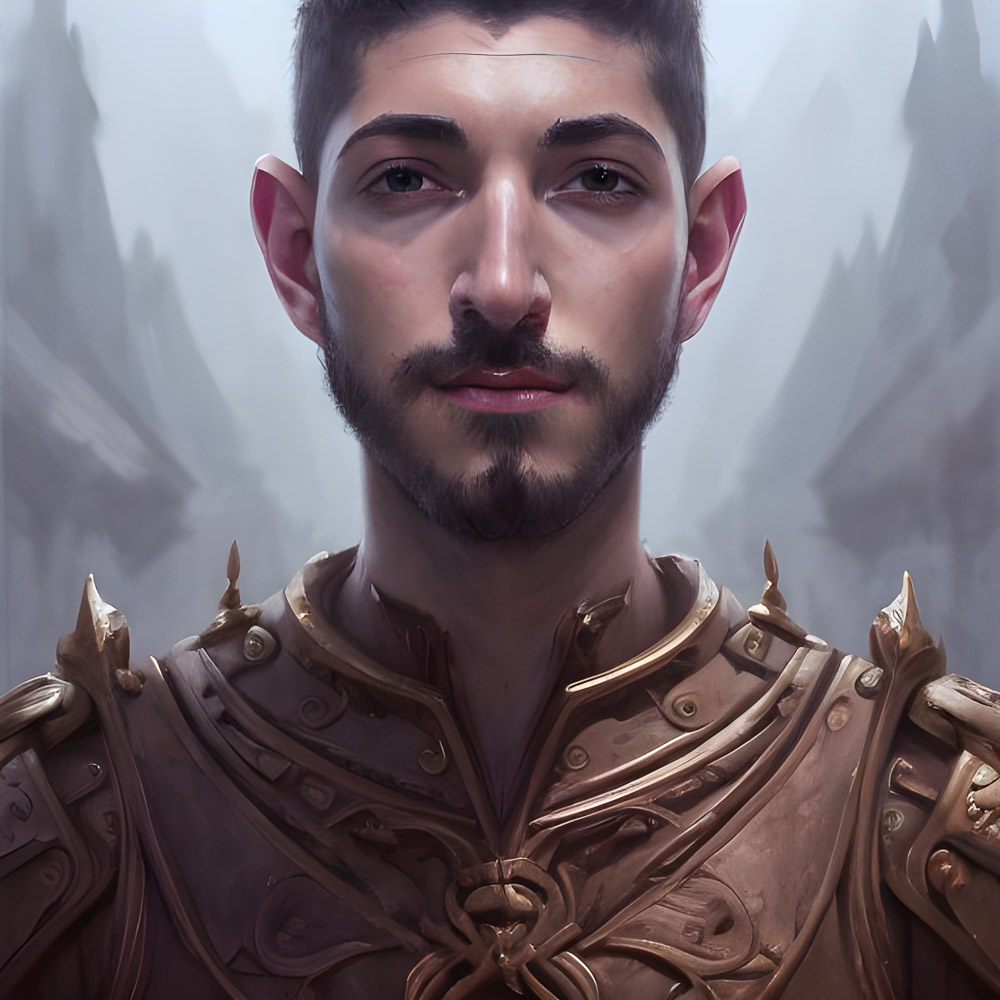
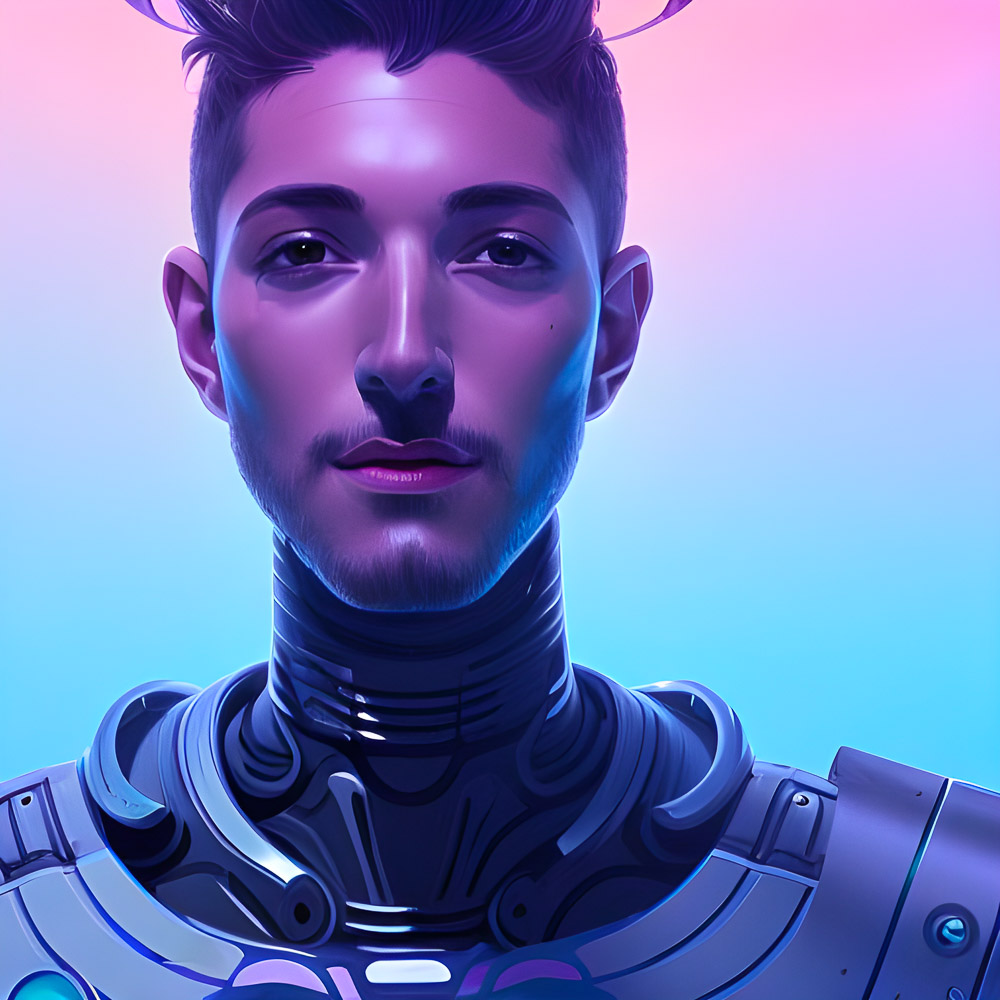
Did you test out Lensa?
What were your results like?
Advertisement:






















I chose (and am choosing) not to use Lensa AI. It looks cool, but after hearing about how it steals from artists’ works, I just couldn’t be on-board with that. And now that you mentioned it, about the platform stealing personal data; I’m also uncomfortable with it analyzing my face and using it in a weird, biometric sort of way…that’s just my personal opinion, but I can see how fun it can be!
I completely respect your decision! I did mine long before I learned about the implications of it. I definitely found it fun and enjoyed the process of seeing what it came up with, but it makes me sad to know the AI was trained with stolen work and that this type of thing harms artists. 🙁
I heard pretty early on the uproar by artist about this program… I find it more scary than wonderful. It should compensate the artists somehow.
I agree. Artists who created artwork to train the AI should definitely be compensated. I anticipate there will be some type of class action lawsuit in the future. We definitely haven’t heard the last of that.